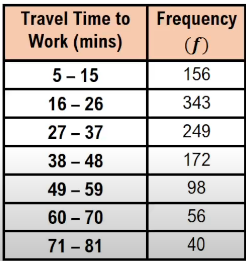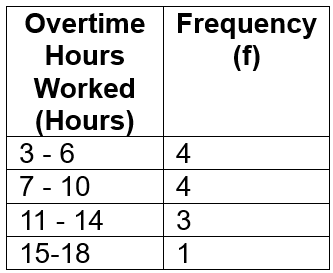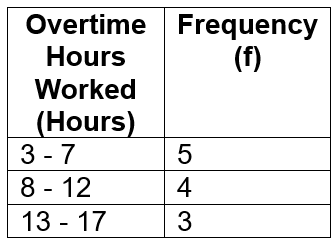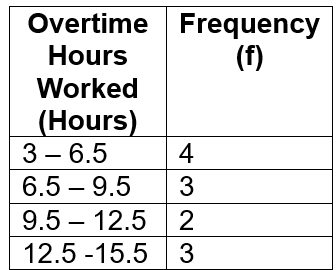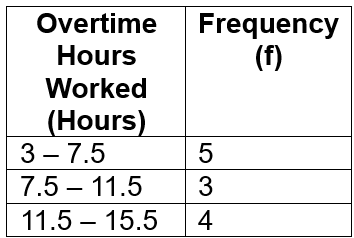Understanding how to visualize data effectively is crucial in data analysis, and one of the foundational tools for this is the frequency distribution. A frequency distribution is essentially a table that organizes data into classes, showing how many measurements fall into each category. This method is particularly useful for both qualitative and quantitative data, allowing for a clearer interpretation of the information.
To construct a frequency distribution, you first need to define your classes, which are the ranges of values that group your data. For example, if you have a dataset representing the time students spend studying, you might create classes such as 20-29 minutes, 30-39 minutes, and so on. In this case, you would identify how many data points fall into each class, which is referred to as the frequency.
To illustrate, if you have a dataset ranging from 20 to 75 minutes, you would count how many values fall within each defined class. For instance, if you find that there is 1 student studying between 20-29 minutes, 2 students between 30-39 minutes, and so forth, you would record these counts in your frequency distribution table.
Key terms to understand in this context include:
- Lower Class Limit: The smallest value in each class. For example, in the class 20-29, the lower class limit is 20.
- Upper Class Limit: The largest value in each class. For the class 20-29, the upper class limit is 29.
- Class Midpoint: The average of the lower and upper limits of a class, calculated as \( \text{Midpoint} = \frac{\text{Lower Limit} + \text{Upper Limit}}{2} \). For the class 20-29, the midpoint would be \( \frac{20 + 29}{2} = 24.5 \).
- Class Width: The difference between the lower limits of consecutive classes. For example, the class width between 20-29 and 30-39 is \( 30 - 20 = 10 \).
Once you have established the frequency distribution, you may also want to calculate the relative frequency, which expresses the frequency of each class as a percentage of the total number of observations. This is done using the formula:
Relative Frequency = \( \frac{f}{n} \times 100 \)
where \( f \) is the frequency of the class and \( n \) is the total number of observations. For instance, if the total number of students is 10, and there is 1 student in the 20-29 class, the relative frequency would be \( \frac{1}{10} \times 100 = 10\% \).
By organizing data into a frequency distribution and calculating relative frequencies, you can gain valuable insights into the distribution of your data, making it easier to visualize and analyze trends.

